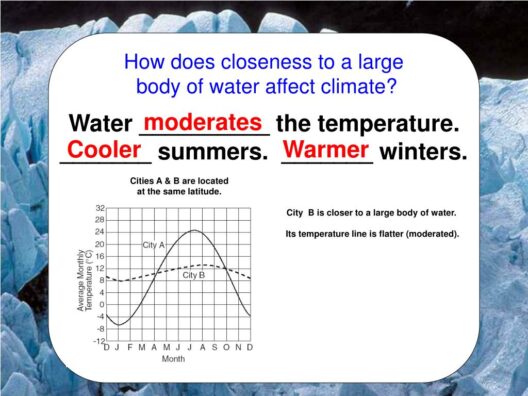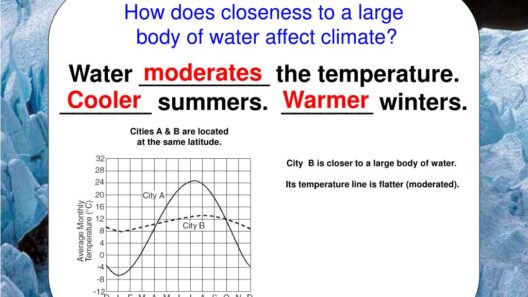Trust is the bedrock of any successful organization. Without it, teams may struggle to meet their goals, and the workplace can become a breeding ground for discord. But have you ever pondered the true cost of mistrust in a workplace environment? Let’s delve into how workplace climate shapes teams and unveils the profound implications of a culture rife with suspicion.
Workplace climate is not merely a backdrop against which employees engage in daily tasks; it is the atmosphere that permeates every interaction, decision, and endeavor. It reflects the collective attitudes, behaviors, and experiences of the workforce. When trust is abundant, employees feel secure and valued, flourishing in their roles. However, when mistrust festers, it creates an atmosphere steeped in anxiety, leading to an array of challenges that can impede productivity and innovation.
Firstly, it is crucial to recognize the elements that shape the workplace climate. Open communication, inclusivity, and respect constitute the pillars of a positive environment. In contrast, hierarchical structures, lack of transparency, and inconsistent policies breed an atmosphere of uncertainty. When employees perceive their leaders as unapproachable or disengaged, it cultivates a sense of alienation. As this alienation deepens, team collaboration weakens, resulting in missed opportunities for synergy and cooperation.
The profound impact of mistrust extends to employee engagement. Engaged employees exhibit higher levels of motivation and commitment, often going above and beyond their official duties. Conversely, mistrust leads to disengagement, where individuals merely fulfill their job descriptions without investing extra effort. This disengagement can manifest as high turnover rates, increased absenteeism, or even a lack of interest in professional development. The cumulative effect can be staggering, substantially impairing the organization’s potential for growth and adaptation.
Moreover, mistrust can stifle creativity and innovation. In an environment where fear of judgment or criticism prevails, employees may feel reluctant to share their ideas or propose unconventional solutions. As a result, teams become stagnant, unable to evolve in a rapidly changing world. Innovation thrives in climates where individuals feel psychologically safe to express their thoughts, even if they are imperfect. On the contrary, organizations burdened by suspicion often witness the decay of creativity, leaving them vulnerable to competitors who embrace a more nurturing environment.
Additionally, the impacts of mistrust can be quantified in tangible terms. Consider the financial ramifications. A decrease in productivity due to disengagement can harm the bottom line, while high turnover rates necessitate costly recruitment and training for replacements. Estimates suggest that employee disengagement costs organizations billions annually in lost productivity and turnover. Additionally, the costs associated with low morale can ripple outward, affecting customer satisfaction and brand loyalty. In essence, a toxic workplace climate can deter high-quality talent, compounding the labor challenges that companies face.
Let us now consider the potential solutions that can help transform a climate of mistrust into one of empowerment and collaboration. Organizations need to prioritize communication strategies that foster openness. Regular check-ins, feedback sessions, and transparent decision-making processes are instrumental in rebuilding trust. Leaders who actively listen and acknowledge employees’ concerns create a sense of shared ownership in the workplace culture.
Furthermore, incorporating team-building activities can play a pivotal role in enhancing interpersonal relationships. These activities encourage camaraderie, breaking down barriers and allowing individuals to connect on a more personal level. When employees understand their colleagues beyond their job titles, it cultivates empathy and understanding, essential components of a trusting workplace.
Training programs that emphasize emotional intelligence can also bolster a workplace’s climate. By equipping employees with the tools to manage their emotions and recognize the feelings of others, organizations can facilitate healthier interactions. When employees are adept at empathizing with their coworkers’ experiences, it fosters a culture of support and trust.
Another critical aspect is recognizing and celebrating achievements, both big and small. Recognition reinforces positive behaviors and motivates individuals to contribute to the collective success of the team. When employees see their efforts appreciated, it nurtures a sense of belonging and trust in the organization’s leadership.
The role of diversity and inclusion cannot be overlooked either. A diverse workforce brings varying perspectives and experiences that can enhance creativity and problem-solving. However, for diversity to translate into innovation, organizations must ensure that all voices are heard and valued. When people feel they belong and their contributions matter, it dismantles barriers of mistrust.
In conclusion, the cost of mistrust in the workplace is profound, influencing everything from employee engagement to innovation capacity. Understanding the elements that shape workplace climate is essential for leaders eager to cultivate a culture of trust and collaboration. By fostering open communication, engaging in team-building, emphasizing emotional intelligence, recognizing achievements, and embracing diversity, organizations can revitalize their climate, paving the way for collective achievement and sustainable success. As we contemplate the question of trust and its implications, the path forward involves not just reflection but proactive strategies to create thriving and resilient teams.





